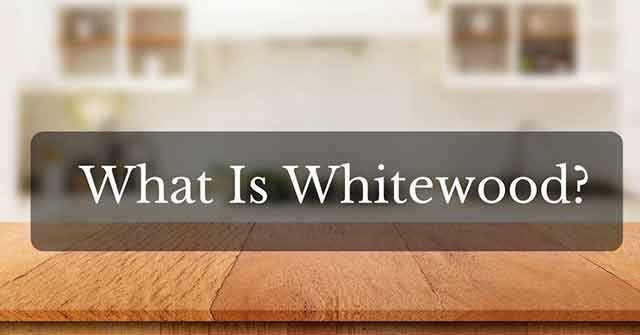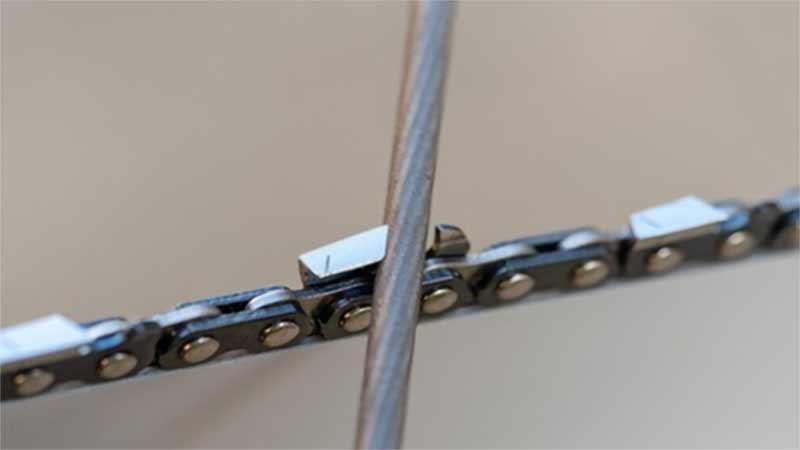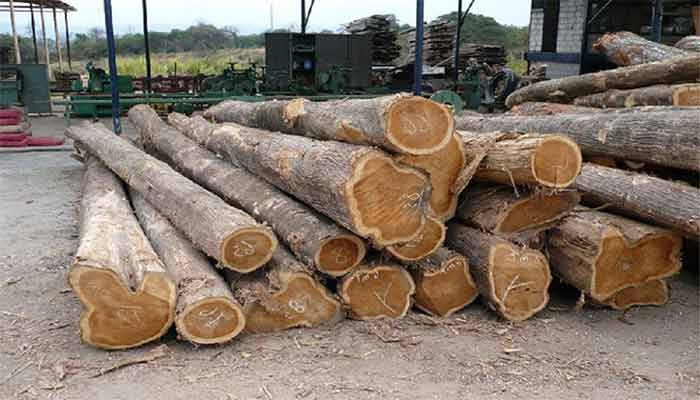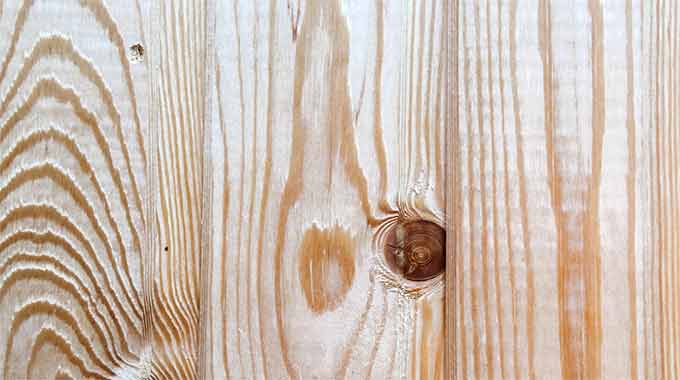There is a wide selection of wood that can be used to make furniture projects, and with the term ‘whitewood’ being an addition to the various wood types available, it becomes hard for woodworkers to know which is which when it comes to choosing the best type of wood for building and furniture projects.
If you were to type the terms “whitewood’ in your favorite search engine, you would get various results. But trust me, if you had to include ‘what is’ before whitewood, then very few materials provide a tangible explanation as to what this ‘white’ wood is. Nonetheless, as a woodworker is it pretty much essential that you are familiar with various wood types to be able to choose the best one for your projects. Knowing the characteristics of various types of wood including their pros and cons is vital for any serious woodworker.
It is for this and many other reasons that we at toolsroute.com, decided to research this topic and share our findings below with our dear visitors. Read on.
Table of Contents
What is Whitewood?
Whitewood is a wood category that groups Pine, Spruce, and Fir commonly denoted as SPF (this is how you’ll find them labeled in stores, as SPF). Other sources indicate that it is a generic term covering several conifer tree species. What we can deduce from this is that is not a tree species but rather a category of tree species that share specifically similar characteristics like color, ring formation, texture, softness, etc.
Also, it is quite evident that whitewood doesn’t have any specific biological origin or definition. The only thing we know so far is that wood is a group of wood whose botanical name we still don’t know (if there is any).
Types of Whitewood
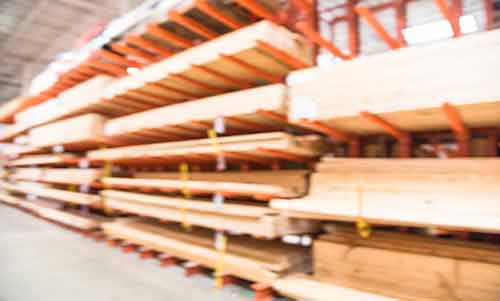
Again, at this point, we just know that wood is a name that ‘umbrellas’ a variety of wood species. So it is wise that we analyze its commonly associated wood species to derive shared characteristics, pros, and cons. This is the best way that we both can understand white wood better.
Pine (P)
The Pine is softwood that grows mainly in tropical and temperate regions. Pine is a favorite type of wood used in building projects throughout the world. Pinewood is loved for construction because of its attractive knots and beautiful clear color. Moreover, it is lightweight, even-textured, readily available, and quite easy to work with. All these are elements that make Pinewood a favorite for most woodworkers.
The disadvantage with Pinewood is that it is susceptible to destruction by insects and decay, and thus it is preferable for use in making indoor furniture. Also, Pine being softwood easily scratches and dents.
Spruce (S)
Spruce is another type of tree species often associated with the white wood category. It grows mostly in the Northern Temperate and Taiga regions. As timber, Spruce is like more Pine and is most useful for building projects. Spruce also makes good pulpwood. It’s fibers when bind together makes very strong paper.
Considering the pros of this tree species, Spruce and Pine are much alike. Both are easy to work with, takes in the paint well, are lightweight, and they are both softwoods.
Being softwood nonetheless, makes Spruce susceptible to scratches and dents; its timber is also less durable in areas with lots of insects and moisture. The bottom line is, if you want to use Spruce timber for your constructions, then it would be best if you used it for indoor furniture constructions.
Fir (F)
Fir is an evergreen conifer that grows much in North and Central America, North Africa, Europe, and Asia; they mostly grow in mountainous regions. While Fir can still be used in building projects, Fir should be used majorly for pulp, rough timber, and plywood.
Wood derived from Fir features a dense grain and is resilient thus making it suitable for use in constructions. Fir is best used to make wooden floors, windows, panels, and doors.
It is nonetheless essential to also note that Fir like its counterparts is not resistant to insects and decay and thus should be limited for indoor use. Also, Firwood might not survive long in high humidity areas.
What does this make of whitewood?
From the details above, it is quite evident that what makes this wood is a group of evergreen conifer trees. White wood being a collective name for soft, white to pale yellow wood brings us to an almost certain conclusion that the wood labeled in our stores as SPF is what is considered as white wood.
To delve further into this, SPF is a marketing name for the tree species Pine, Spruce, and Fir. These are a group of conifer trees that grow in different parts of the world and almost similar climatic conditions. SPF trees yield high-grade timber that is commonly used for most building projects.
Uses of Whitewood
- Used in making casual furniture including beds, chairs, tables, drawers, etc.
- It is also used in making wooden utensils, i.e., kitchen cutting boards, wooden spoons, etc.
- Used for industrial applications such as the production of engineered products, i.e., engineered hardwood floors.
- It is also used for the production of concrete formworks
- Likewise, This wood is today used in making wood frames used in housing repairs and parts replacements.
General characteristics of Whitewood
There are no specific characteristics of this wood as this is not a single tree species. Therefore, the features below are derived from the various traits seen in the three tree species associated with the term white wood.
Texture
At this point, it is easy to tell that whitewood mostly Pine, Spruce, and Fir marketed as SPF timber are mostly even textured. This wood are comparatively soft and feature long, dense grains. This makes them preferable for use in furniture constructions.
Resistance
It has come pretty clear that white wood in consideration of Pine, Spruce, and Fir is not resistant to decay and insects. This means that if used to make outdoor constructions, they won’t last long, at least not more than two years.
Luckily, today there are many ways of increasing the durability of such woods. You can treat them with chemicals to help keep them safe from insects, stains, and decay. This treatment should, however, be done early enough before the wood is used.
Pricing
One significant advantage of trees that fall under the White-wood category is that they are readily available and are less expensive. This means that furniture and other constructions made out of white-wood are quite affordable. We can also attribute the pricing element to the fact that they are softwoods. Softwood constructions retail cheaper than hardwood ones.
Advantages of Whitewood
Whitewood compared to other types of wood is;
- Readily available
- Have a beautiful grain formation that makes it great for rustic appearances
- Lightweight and easy to work with
- Take in paint well
- Less costly
Disadvantages of Whitewood
The downside of White-wood is that it is;
- Not resistant to decay and insects
- Easily stains
- Are less durable
- White-wood burns and swells easily
Conclusion
In a nutshell, white-wood is not made out of a single tree species; it is a collective name for wood derived from a group of tree species.
At this point, it is also vital to note that even though the group of trees that make up white-wood share similar characteristics, they also have some distinctive features.
Therefore as a woodworker, trying to understand the term white wood can be quite a challenge. Nevertheless, if you can look beyond the name and search your timber store well, you can find amazing timber for your projects. You just have to know what you are looking at and what you are looking for.

